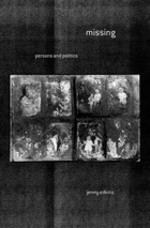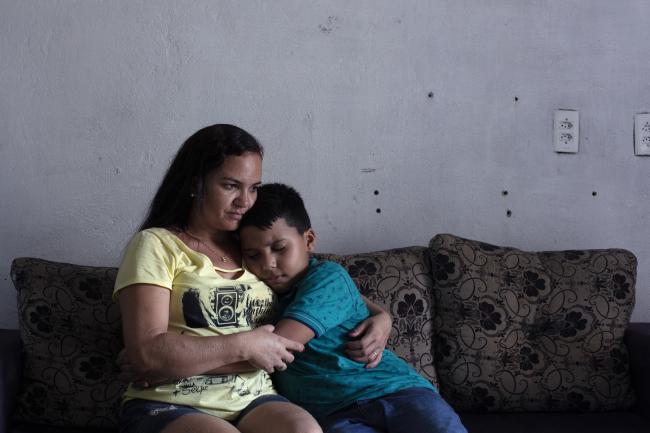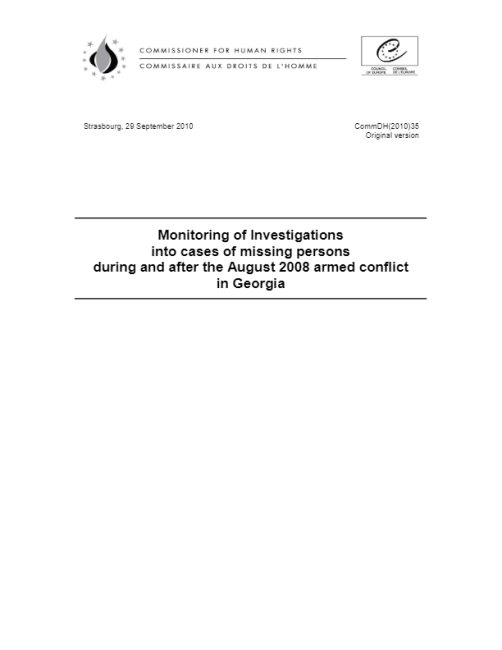
Exploring Ambiguous Loss: Wives of Servicemen Missing in Action in Vietnam
The first report of an American missing in action (MIA) during the Vietnam Conflict occurred in 1961, and such losses continued until the fall of South Vietnam in 1975. During that 14-year period, the Department of Defense listed 2583 men, from all branches of the services, as MIA or killed in action/body not recovered (KIA/BNR). A significant difference between normative family transitions and stressors, and the experience of the MIA family, is the prolonged and indefinite nature of the stress for the MIA family. The most common scenario surrounding a death comes with an official verification of its reality, usually a death certificate, the presence of a body to support physical verification, and a ritual farewell to the departed, which both sets in motion and supports the grieving process. Without physical verification of the death of her husband, the wife of an MIA will, at some point, decide whether to consider the husband dead and grieve the loss, or maintain hope that he will be returned, delaying the grieving process until such time as there is conclusive evidence of his death.






